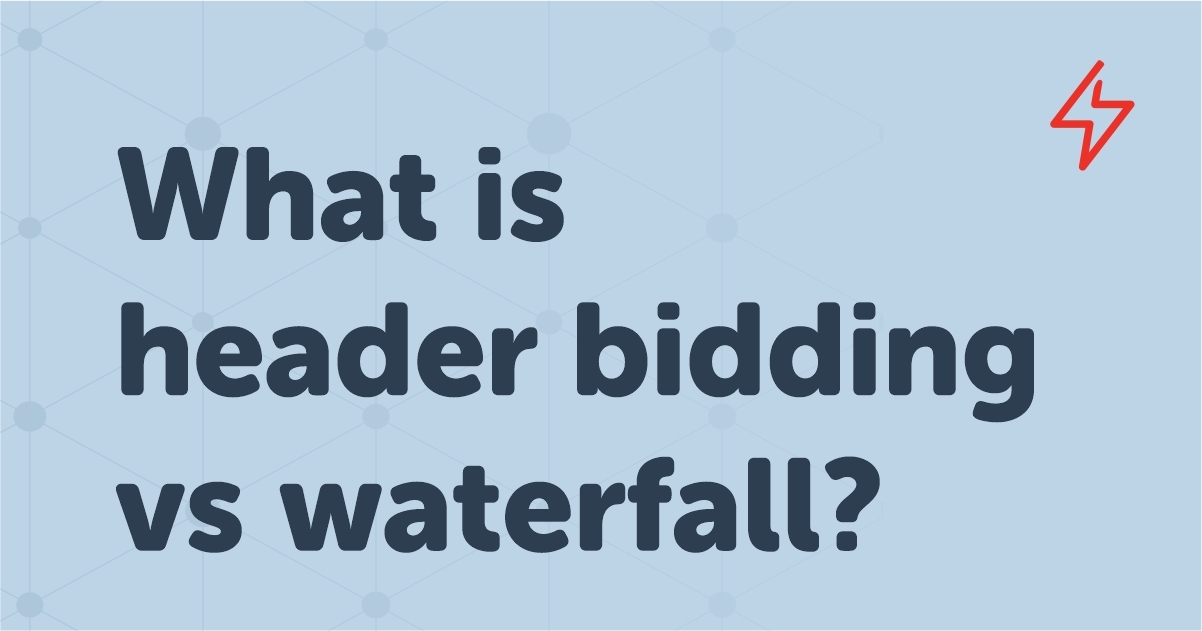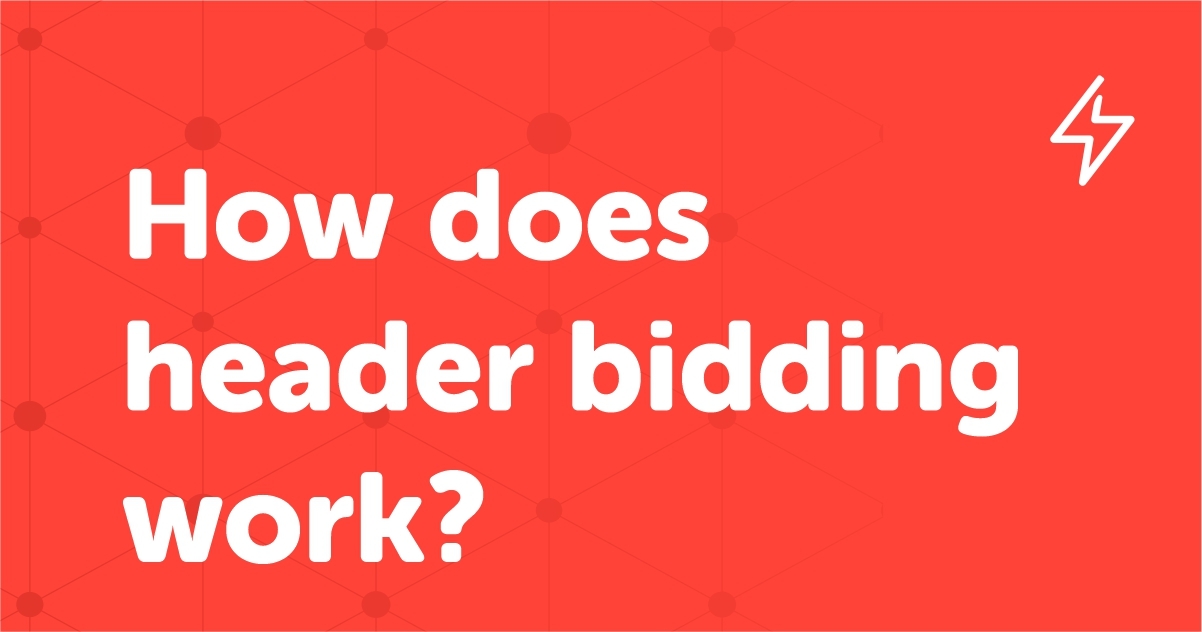Table of Contents
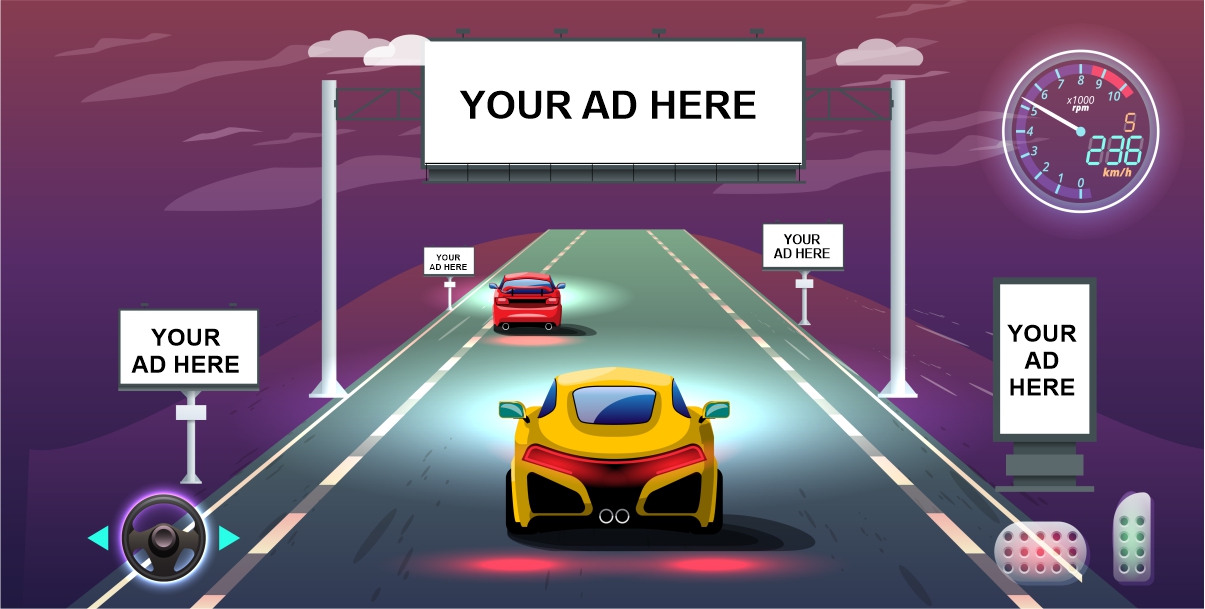
The gaming industry has shown unprecedented growth in recent times, providing some unbelievable numbers. In 2021, there were over 3 billion gamers worldwide, with nearly 1.5 billion in Asia alone (Source: Statista). With such a large number of eyeballs sticking their gaze on screens of all sizes, there exists an opportunity for brands and publishers to leverage them. This is where gaming ads come in, part of a billion-dollar industry that showcases ads to players, be it on desktops, mobiles, or consoles.
Apart from traditional advertising, another avenue of advertising that is growing swiftly is brand advertising inside the game. This removes the need for pop-ups and banners that hamper the user experience, as they can be in the game without stopping the gaming spree of the user.
In this article, we will talk about what blended in-game ads are, how they are an amazing opportunity for game developers and advertisers alike, and how developers can deploy them properly.
What Are In-Gaming Ads?

As their name suggests, in-gaming ads are ads that are blended inside the game itself, rather than popping up on the screen outside the game’s UI. The gaming ad industry is extremely popular and rakes in billions of dollars of revenue for developers. However, many players consider these ads intrusive, as they sometimes hamper the gaming experience. Therefore, brands are often on the lookout to reach gamers in-game without breaking up their game mode. One such avenue is immersive in-game ads, where ads are deployed in the game itself, rather than video, playable, static, or interstitial ads.
Through native in-game advertising, brands can take advertising to the next level by blending into the natural environment of the game and providing a stellar gaming experience. In fact, 37% of mobile gamers said an in-game ad influenced them to make a purchase over the last three months (Source: Business of Esports)
Types of Native In-Game Ads
There are quite a few ways that brands can incorporate themselves into the game and reach the players more effectively. Here are some examples:
- Billboard Displays: In-game billboards have become the ideal location for brands to place their ads, especially in games that have a vast playground where players can roam around. The game’s logos or products can be displayed on the billboards or other advertising mediums where players can clearly see them, much like in real life. Many notable brands have partnered with games to execute in-game billboard ads, such as Nike in NBA 2K22: The City, and AXE in the game PAIN. Even Barack Obama’s election campaign in 2008 leveraged billboards in multiple games to cater to the younger audience.
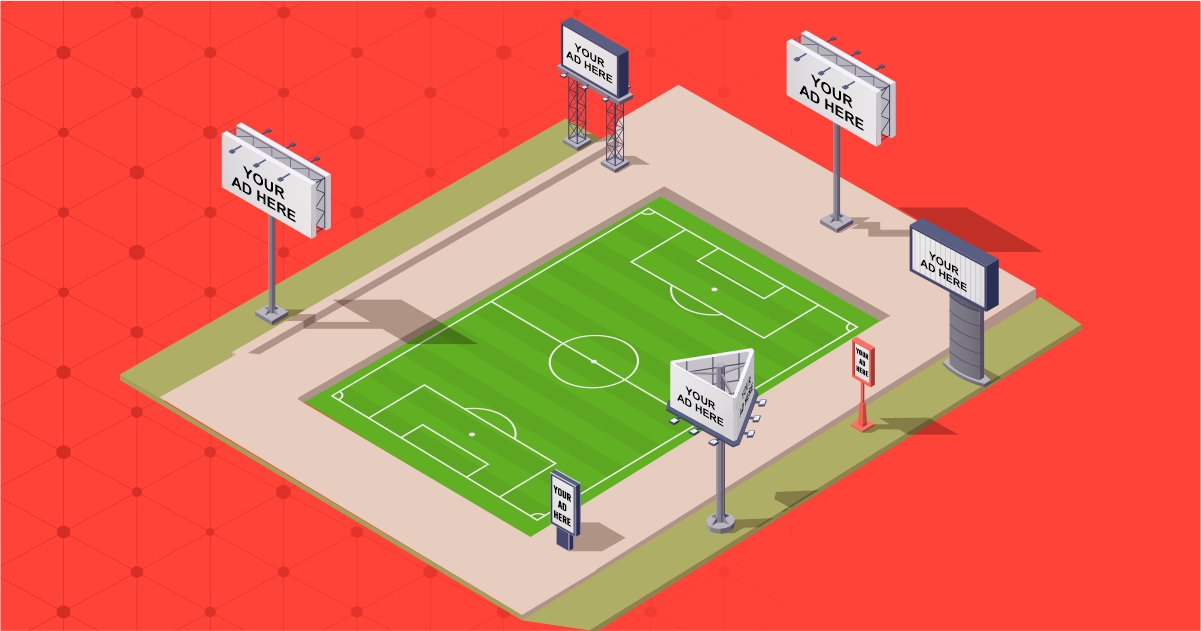
- In-Game Items: Using custom items and skins have been prevalent in the gaming industry. Be it player models, unique weapons, or other in-game items, players are always on the lookout to collect limited edition items. Brands can partner with games to offer special in-game items that correlate with the brand directly. For example, the Jordan brand partnered with Fortnite to offer in-game Jordans to players. Similarly, Mercedes-Benz partnered with Mario Kart for a featured car in the game.

- Brand Sponsored Levels: Moving on from items, brands can also integrate into a game by offering special levels or game modes that are brand-specific. This helps brand name retention in the mind of the user and may increase conversion. For example, Adidas sponsored a special edition VR challenge that took players on a journey to the top of the Bavella mountain range in Corsica.
Why Should Developers Use In-Game Ads
Game developers and developers often rely on ads to generate revenue from their games. While the ad industry is booming and developers are generating high revenue, there are still some underlying limitations ads pose. Firstly, they are extremely traffic dependent, meaning if game sales aren’t growing and players aren’t joining, the ad revenue can drop significantly. Moreover, many players consider ads in games intrusive and will switch off the game if there are one too many ads in the game.
These problems can be solved by adding another layer of sponsored ads from brands that are displayed in-game. Game developers can charge a premium amount for their high-quality player base and maximize their revenue. Moreover, extensive targeting inside the game can also help brands achieve more conversion from the game, increasing the value of the game’s own brand value.
On top of high revenue, ads placed inside the game do not hamper the player experience, and may even provide a favorable experience. Limited edition items can forever be etched into the player’s account, promoting an endless advertisement cycle for them, and anybody else who wins/trades the item.
How Can Brands Target Users For In-Gaming Ads
While not all games may offer targeting options, brands may use targeting tools to reach their user base from the pool of players. Here are different ways that brands can target users in-game:
-
- Location: Brands can reach users in a specific location for location-specific advertising. This can help brands filter through a large player base and target users specifically.
- Playing Time: Ads can also be filtered in the game according to the time the user is playing the game. Brands that are often associated with evenings can target users playing the game in the evening time frame.
- Ad Frequency: When a player sees a similar ad repeatedly, it can prove to be counterproductive for the brand. Therefore, brands can filter users on the basis of ad frequency so they can limit how many times a player will see a particular ad.
- Attention and Viewability: Advertisers can also track in-game ad viewability to measure how their in-game campaigns are performing. Some platforms offer tools to measure metrics such as ad proportion to screen, time in-view, and more to get effective results.
- Location: Brands can reach users in a specific location for location-specific advertising. This can help brands filter through a large player base and target users specifically.
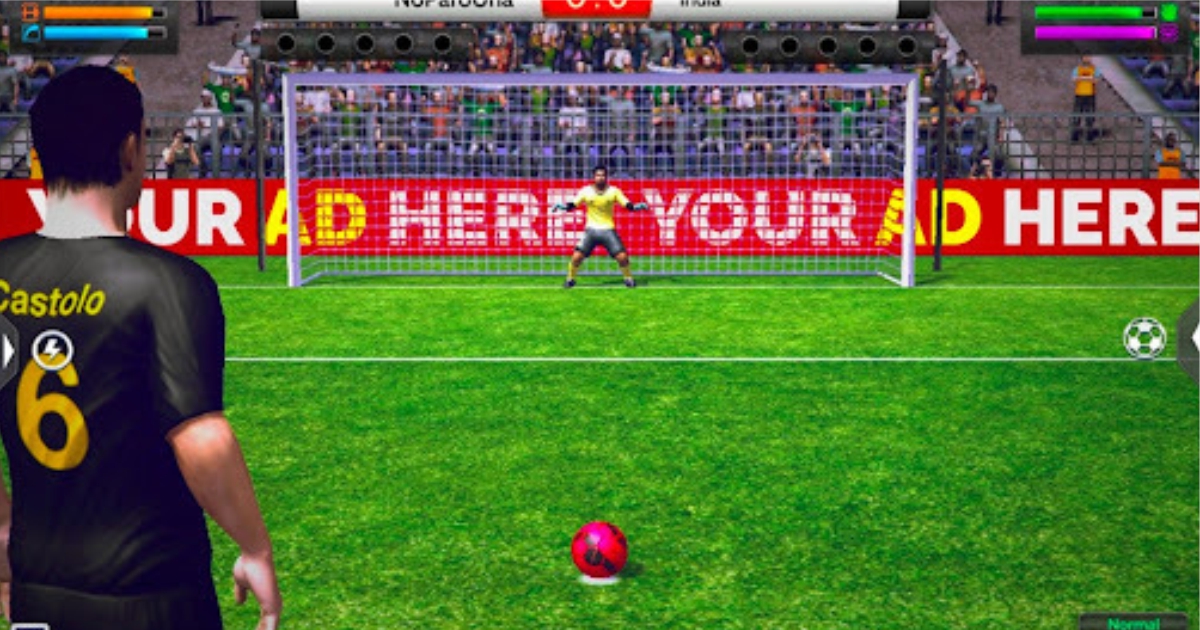
How Can Developers Properly Deploy Blended Ads In-Game
The possibilities of ads in the game are endless, but executing the right ad strategy is important. Here are some things app developers can keep in mind while deploying ads in their game:
- Quality Above Quantity: Even though additional revenue is great, it should not come at the cost of a depleting gaming experience for players. Therefore, funneling ads through a quality check is important before they are placed in-game. The correlation between ad quality and gaming quality is extremely high, making it all the more important to partner with the right brands.
- Combine the Best Of Both Worlds: Combining immersive in-game ads with dynamic gaming ads can prove to be fruitful for developers, especially in the mobile gaming industry.
- Build a Niche Audience: To maximize the value of your ad inventory, building a niche audience is the right idea. This way, you can cater to highly specific brands that find maximum value in your ad inventory.
- Leverage Programmatic Advertising: Programmatic advertising has emerged as one of the top methods of selling ad inventory, and it has made its way into the in-game market as well. Game developers can utilize programmatic advertising and automate the process of selling their ad inventory. Therefore, advertisers will be able to programmatically run non-disruptive in-game ads within the game itself and reach the players directly.

Conclusion
The unique position of ads placed inside the game can significantly reinforce brand awareness, maybe even more than traditional gaming ads in some cases. Moreover, integrating ads in the game can prove to be a highly lucrative revenue source for developers. Therefore, with ads in the game, brands get better visibility and developers get more revenue, all without hampering the user experience.
However, choosing the right brands is critical to a successful ad campaign inside the games. Players shouldn’t feel too disconnected from the ad to completely overlook it, which can reduce your ad space’s worth. In-gaming advertising can be a profitable avenue for developers if executed correctly. The growth of ads in games has been monumental, and in-gaming ads may very well be the future of branded advertising.
AdSparc makes it easy for game developers to monetize your games. With a suite of next-generation monetization solutions, developers can maximize their revenue using AdSparc. We ensure you get the best rates for your ads while keeping the quality of advertisers in check.
Interested in getting our next-gen solutions? Request a free callback today!
FAQs
Question: What are In-Gaming Ads?
Answer: Instead of the traditional pop-up, banner, and interstitial ads, in-gaming ads are displayed inside the game environment.
Question: Where can brands display their ads in-game?
Answer: There are quite a few ways that brands can incorporate themselves into the game. These can be through billboards and other displays in the game, items or limited edition collectibles, and sponsored levels.
Question: Which is better — dynamic in-game ads or native in-gaming ads?
Answer: Both ad strategies have proven to be extremely successful, and it all boils down to the publisher and the game dynamics. While dynamic ads can provide a more targeted approach, they can be a bit intrusive. On the other hand, in-gaming ads can blend into the gaming environment for a better gaming experience but may be overlooked by users.
Question: Why should developers deploy in-gaming ads?
Answer: Native in-gaming ads offer a chance for developers to add another revenue stream to their game, apart from the traditional ads. Moreover, these ads can also provide a better gaming experience to users, increasing your game’s value.
